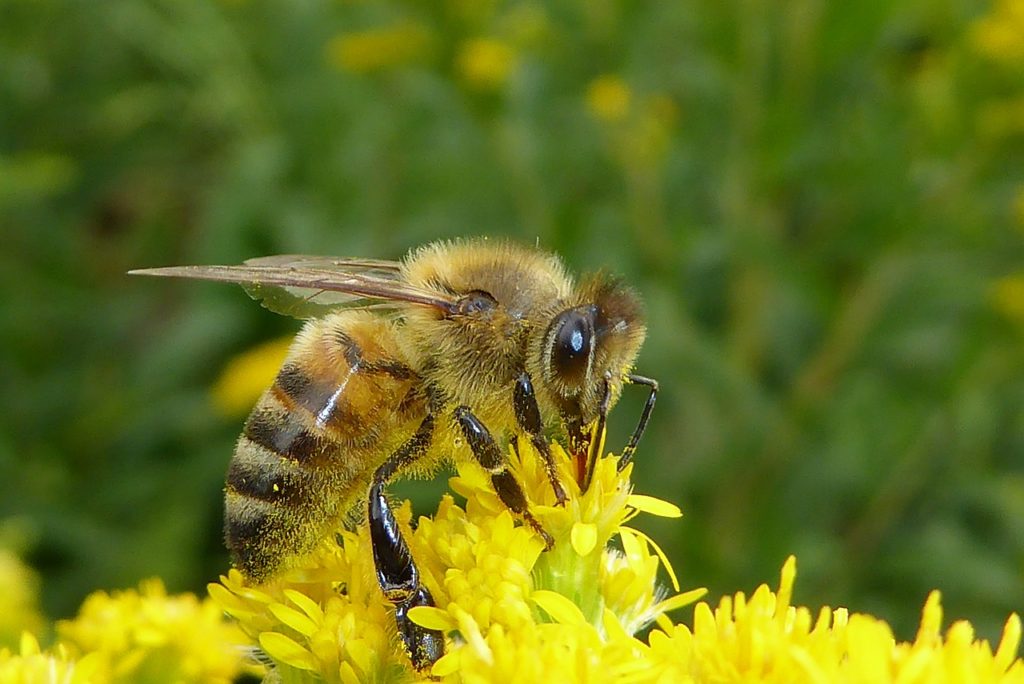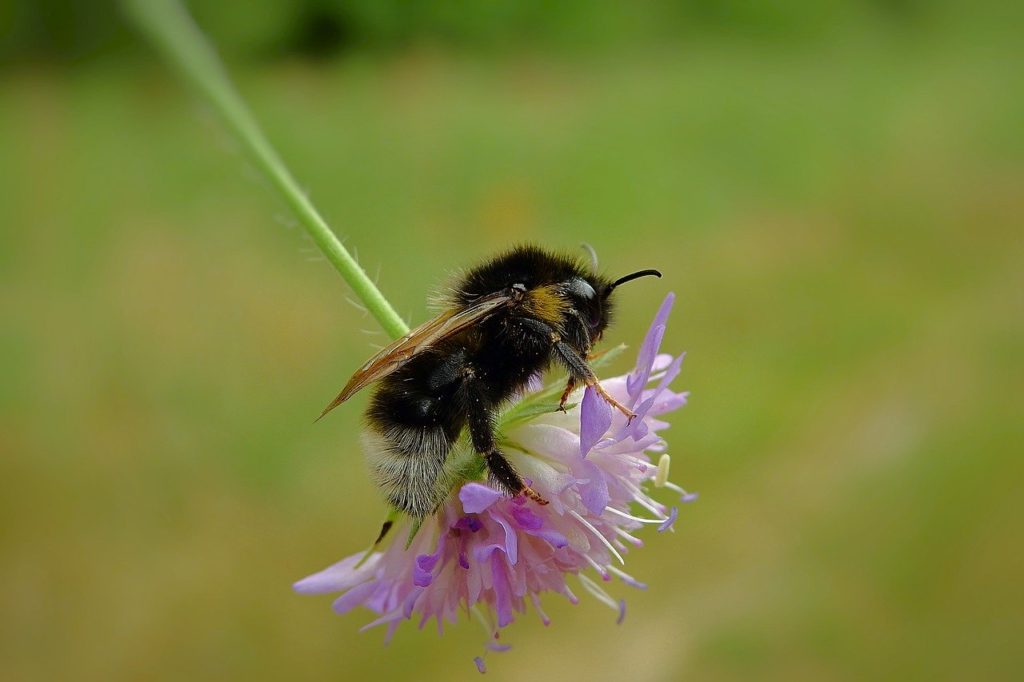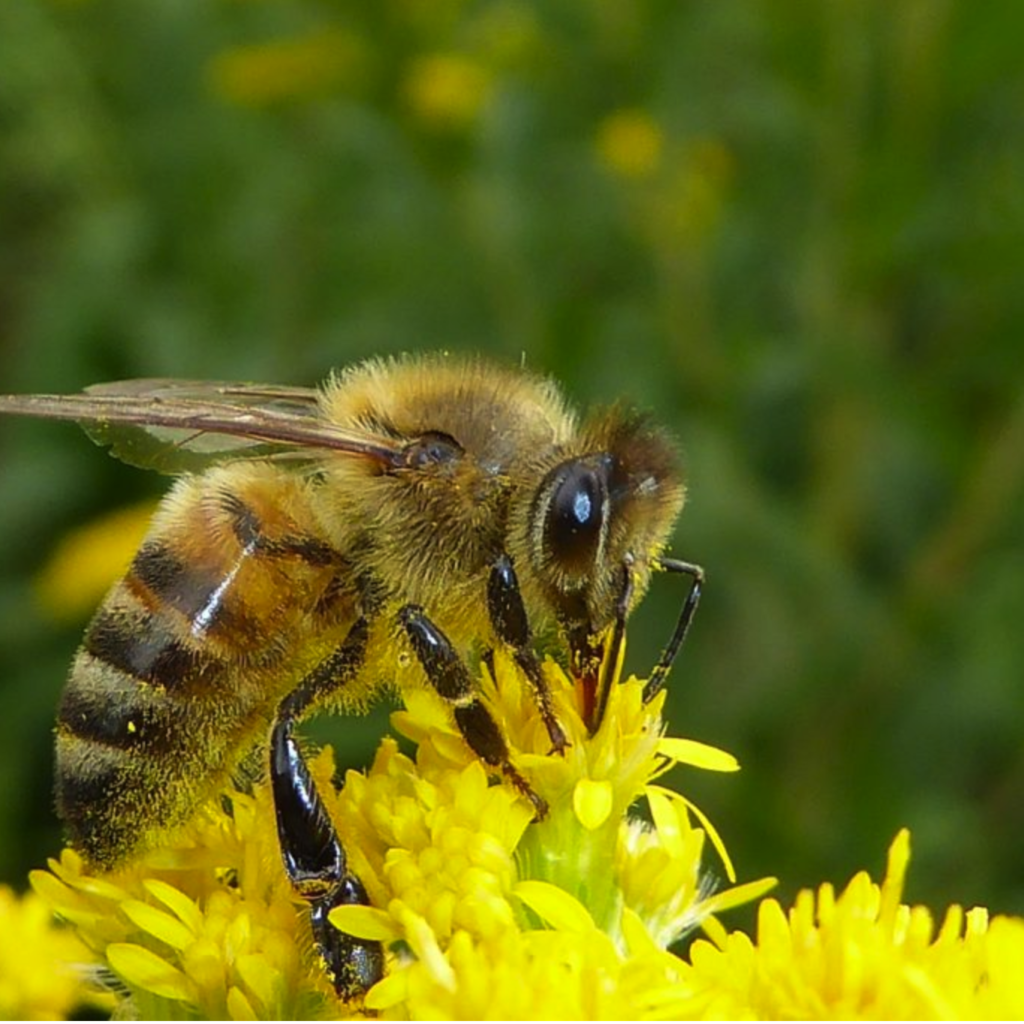10th November 2019
According to scientists reports, we are heading the sixth mass extinction, and the insects are the first casualties. Bumblebee Conservation Trust challenges schools and colleges to generate new scientific discoveries. They launched the BigbeeWalk Data Competition which might help. For that purpose, the Trust has made available to participants hundreds of thousands of bumblebee records gathered over the past decade.
We are heading the sixth mass extinction
Andy Benson, Education Officer: “It’s important because bumblebee populations have crashed in the UK over recent decades. The more we understand, the more we can do to reverse the plight of the bumblebee”.
Bumblebees are great pollinators, and therefore have a key role procuring much of the food we eat.

But also, they pollinate wildflowers, allowing them to reproduce and setting the basis of complex food chains.
Through the pollination of many commercial crops, insects are estimated to contribute over £600 million per annum to the UK economy.
Without these little warriors, the price of food could significantly increase.
A spokeswoman from the Trust says: “Bumblebees are our best-known wild bees. We know from distribution records that they have been in decline for a century in terms of area occupied”.
Intensive agriculture and pesticides are the main threat to bumblebees. Loss of habitat and the fact that genetically modified crops occupy most of the British fields make harder its task.
But also, extreme weather conditions have a role to play. The cold temperatures in early 2018 delayed the bumblebee season. Queens were late out hibernation and didn’t produce enough numbers of bumblebee workers. The summer heatwave in 2018 reduced the available food, as flowers wilted in the unusual warm.

For fighting against this trend, the Trust encourages people gardening for bumblebees. On its website, it gives some tips about what flowers plant and how to help them to nest.
Bumblebee Conservation Trust challenges schools and colleges to participate in the BigbeeWalk Data Competition. It is open to schools and college until 7th February 2020. There will be four prizes categories, with £250 as a prize.
The Sixth Extinction is global
On the big picture, the UN published a report which warns how fast Nature is declining.
The abundance of species in land-based habitats has fallen by at least 20%, since 1900. The picture is less clear for insect species, but scientific evidence says that around 10% are in risk of extinction.
Sir Robert Watson from the UN says: “The health of ecosystems on which we and all other species depend is deteriorating more rapidly than ever. We are eroding the very foundations of our economies, livelihoods, food security, health and quality of life worldwide”.
However, always, there is space for hope. We need a dramatic change in our daily basis but, “Nature can still be conserved, restored and used sustainably”.
Though scared, The Green Bee is also excited. She sees many people worry for her sisters and brothers, and for its hive, which is the whole Earth. “Maybe there is still hope, after all”, she thinks.

